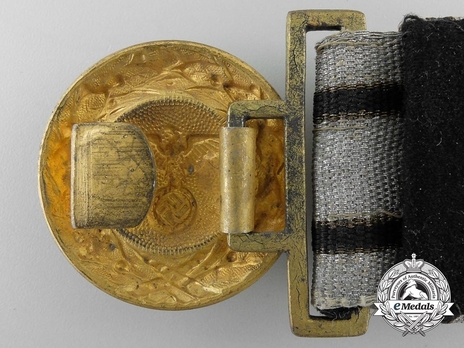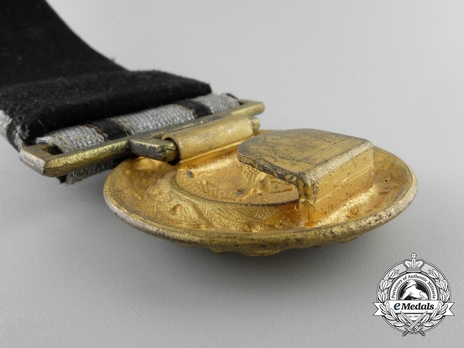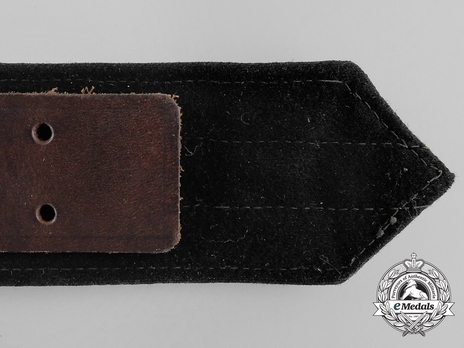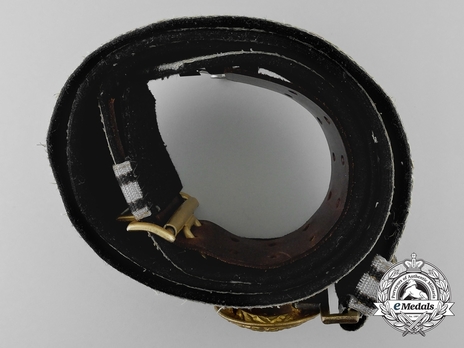Diplomatic Corps 1939 Pattern Higher Ranked Officials Dress Belt
SKU: 34.GOR.02.02.02.001
Estimated market value:








Estimated market value:
Attributes
History
The Diplomatic Corps was made up of officials (civil servants) of the Foreign Ministry. This ministry was taken over in 1938 by newly appointed Foreign Minister Joachim von Ribbentrop who, for the first time, introduced specific Diplomatic Corps uniforms. Prior to 1938, there had been no defined uniforms for members of the Foreign Office.
Prior to the war, the Foreign Ministry was heavily involved in the annexation of Austria and the Sudetenland. During the war, some conquered territory, especially in Poland, was incorporated into the German Reich, while other territory was merely occupied. These countries, while officially still independent, were in reality administered by German officials of the Diplomatic Corps, and in some cases also German-approved puppet governments.
It is important to remember that the officials who served within the borders of the German Reich weren’t of course part of the Foreign Ministry, but rather of the Ministry of the Interior. However, the officials of both these ministries wore nearly identical uniforms.
Officials of the Diplomatic Corps were distinguished by rank as well as their educational level. The latter determined which kind of “Laufbahn” (career) an individual was able to choose. The “Höherer Dienst” (Higher Career) required a university degree, the “Gehobener Dienst” (Elevated Career) required a college degree, the “Mittlerer Dienst” (Middle Career) required a highschool degree, and the “Einfacher Dienst” (Lower Career) required a grade school education, to put it in a simplified way. Additionally, the Higher and Elevated Careers included several different pay groups.
Uniforms for the Diplomatic Corps were first introduced in 1938. They underwent near continuous modification between then and 1943.
A new belt & buckle was introduced for higher ranked Officials in March of 1939. The belt strap measures 40mm and is silver-coloured with two 5mm black stripes, which feature 1mm gold-coloured edges on both sides. The belt is completed by a gold-coloured buckle with a silver-coloured pebbled centre dome, on which there is a gold-coloured national eagle emblem. The eagle most often faces to the viewer’s right, but buckles where it faces to the viewer’s left can also be encountered. The swastika on which the eagle sits is black. The eagle emblem is encircled by a full laurel wreath.
In late 1939, the belt strap was changed to a silver-coloured one with two 5mm dark blue horizontal stripes. The belt buckle remained as before.


Comments
Sign in to comment and reply.


Scroll Top